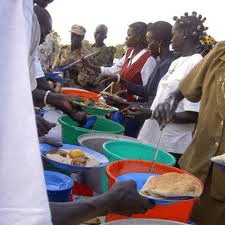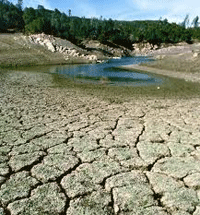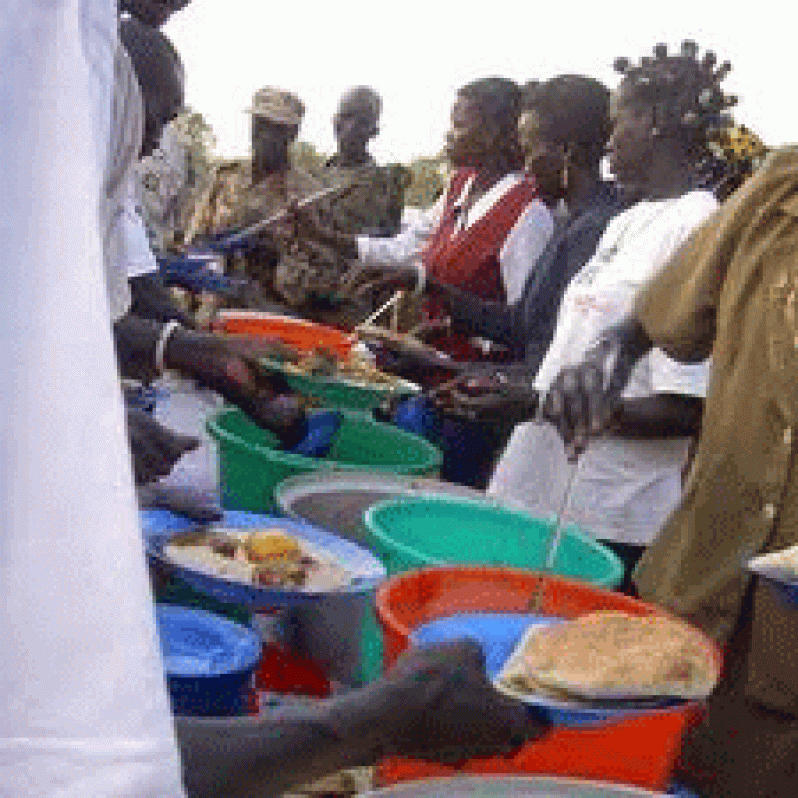KNOWN to be a vicious predator, the Black Caiman is the largest member of the family, Alligatoridae. It is restricted to South America, being found in Bolivia, Brazil, Colombia, Ecuador, French Guiana, Guyana, and Peru. It is very similar to the American alligator, and is commonly referred to as ‘alligator’ locally in Guyana.
 The Black Caiman is a freshwater species found in slow-moving rivers and streams and in the seasonally flooded savannas of the Amazon basin.
The Black Caiman is a freshwater species found in slow-moving rivers and streams and in the seasonally flooded savannas of the Amazon basin.
Description
One of the largest reptiles in the world, the Black Caiman can reach a length of over 5 meters (16.5 feet), although most males stay around 3-4 meters (10-13 feet).
The species has dark, scaly skin, from which its name is derived. Its lower jaw has a band of grey, but as it grows older, this turns to brown.
The juvenile caimans have prevalent white or pale yellow bands across the flanks that generally fade as the caiman matures.
The Black Caiman has red eyes, over which there is a bony ridge that continues down the snout. The shape of the skull distinguishes this species from the other caimans. The snout is narrow and the eyes very big. The number of teeth varies between 72 and 76.
Black Caimans have thick, powerful tails and webbed feet which they use to propel themselves through the water, making them excellent swimmers.
Breeding
Reproduction usually takes place in the dry season. The female constructs a nest measuring approximately 1.5 x 0.75 metres (5 x 2.5 feet) and deposits 30 – 65 eggs. The Black Caiman only breeds every 2-3 years. Incubation time varies between 42 and 90 days during which the mother will remain close to the nest. Uniquely, as in the case of several reptiles, the sex of their offspring is determined by the temperature of their incubation chamber. Temperatures of 330C and higher usually yield male offspring while lower temperature yield females.
When the young caimans are ready to emerge from the eggs, they will make chirping sounds which will alert the mother. Females sometimes carry hatchlings from the nest to the water in their mouths and place them in a ‘holding pool’ area. Hatching normally coincides with the onset of the rainy season. The mother will provide significant post-natal care by protecting her offspring for several months before they venture off on their own
Diet
The Black Caiman is a nocturnal hunter that feeds on a variety of prey. It is known to feed on different fish, turtles, birds and terrestrial animals like deer, tapirs, and capybara. Large adults can even devour other powerful predators such as anacondas, jaguars and pumas. Young caimans predominantly feed on insects and crustaceans.
The Black Caiman normally grabs hold of an animal and drowns it rather than killing it by ripping, since its teeth and more suitable for holding than tearing. The prey is swallowed whole.
Juvenile Black Caimans are preyed on by animals such as the Jaguar but adult individuals exceeding a length of 4 meters (13 feet) are usually only attacked by humans.
Black Caiman conservation status
The Black Caiman is list as a species of Least Concern on the IUCN Red List of Threatened Species. The estimated wild population consists of 25,000-50,000 individuals worlwide.
The skin of the black caiman produces a shiny, black leather which resulted in this species being severely depleted by overhunting. However, it has recuperated fairly well in parts of its range. Illegal hunting does however continue to be a problem and habitat destruction is also a threat. Today the Black Caiman is one of the many unique wildlife that many tourist hope to see on interior trips to Guyana.
Colour Me!!!
You can share your ideas and questions by sending letters to: “Our Earth, Our Environment”, C/O EIT Division, Environmental Protection Agency, Ganges Street, Sophia, GEORGETOWN or email us at eit.epaguyana@gmail.com



.jpg)








